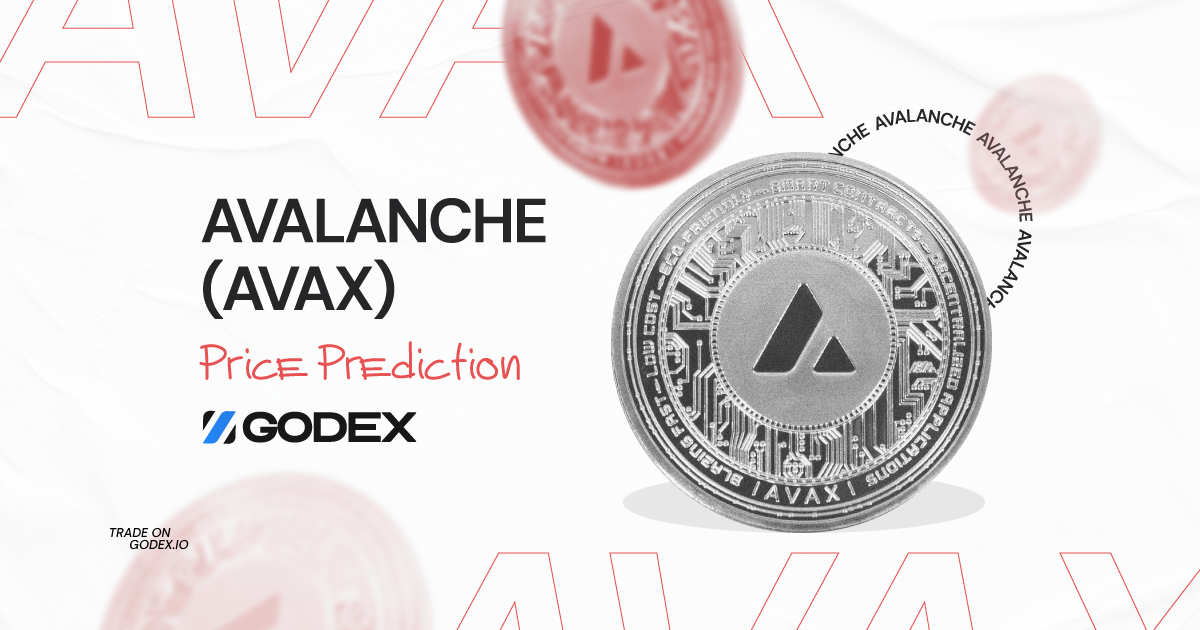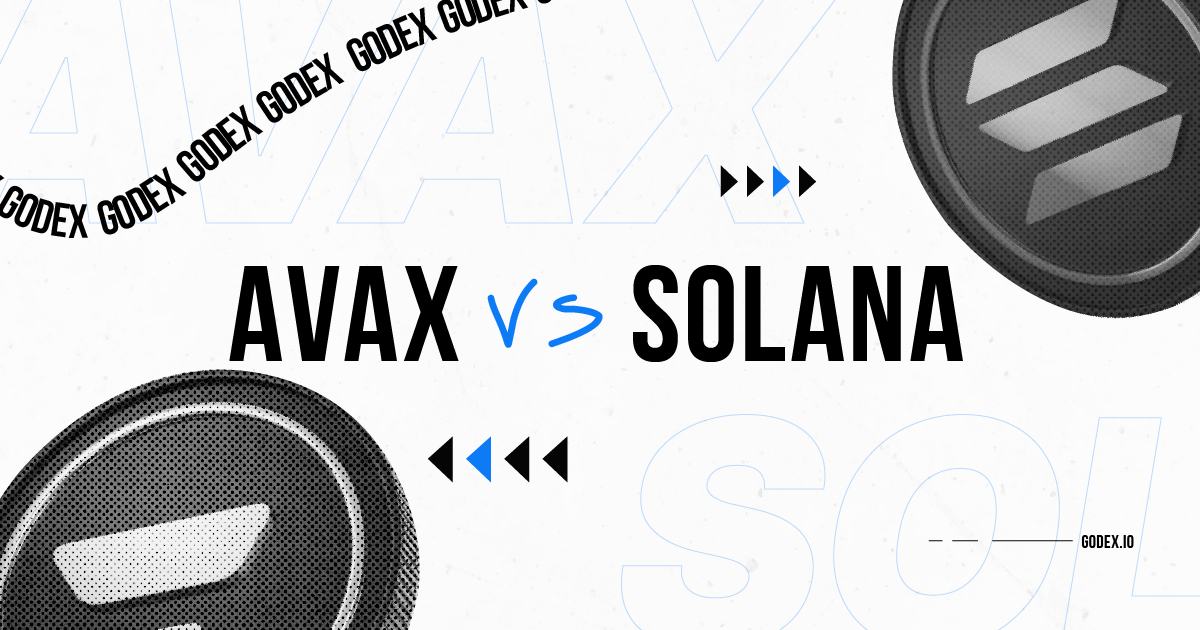About AVAX
Name: Avalanche
Symbol: AVAX
Circulating supply: 0 $
Max supply: 0 $
Price: 12,006 $
Volume 24h: 23.012 M $
Market Cap: 7.928 B $
Percent change 24h: 0,59 %
About MATIC
Name: Polygon
Symbol: MATIC
Circulating supply: 0 $
Max supply: 0 $
Price: 0,3784 $
Volume 24h: 1.267 M $
Market Cap: 418.511 M $
Percent change 24h: 3 %
Avalanche vs Polygon: Major Differences
1. Consensus Mechanism:
- Avalanche: Utilizes the Snowman proof-of-stake consensus protocol, offering probabilistic consensus for scalability and infinite decentralization. Incorporates the Snowball mechanism, praised for its speed without compromising decentralization.
- Polygon: Implements the Istanbul Byzantine fault tolerance (IBFT) consensus protocol, prioritizing guaranteed consensus over decentralization. Users can participate directly as network validators or indirectly as delegators.
2. DeFi TVL (Total Value Locked):
- Avalanche: Boasts a Total Value Locked of $974.46 million, reflecting its rapid growth and popularity in the DeFi space.
- Polygon: Maintains a Total Value Locked of $870.22 million, showcasing its appeal and adoption within the blockchain landscape.
3. Speed:
- Avalanche: Processes transactions at a rate of 4,500 transactions per second (TPS), highlighting its efficiency but trailing behind Polygon.
- Polygon: Exhibits superior speed with a processing capability of 65,000 TPS, positioning itself as a swift and scalable Ethereum layer-2 scaling solution.
4. Gas Fee:
- Avalanche: Employs a variable base fee ranging from 0.001 to 1 AVAX depending on the subchain, providing flexibility but potentially higher fees.
- Polygon: Boasts a lower average gas fee of $0.000181, offering cost-effective transactions compared to Avalanche.
5. Tokens:
- Avalanche: Features AVAX with a maximum supply of 0, holding a market cap of $16.37 billion and ranking 9th globally.
- Polygon: Presents MATIC with a maximum supply of 0, securing a market cap of $8.1 billion and ranking 14th globally.
6. Technology:
- Avalanche: Deploys a triple blockchain system, comprising Exchange Chain (X-Chain), Contract Chain (C-Chain), and Platform Chain (P-Chain), fostering compatibility and flexibility.
- Polygon: Utilizes scaling technologies like Plasma and zk-Rollups, achieving superfast computations. The recent Polygon 2.0 upgrade aims to revolutionize the ecosystem with interconnected zero knowledge-powered L2 chains.
A brief glance at an Avalanche vs. Polygon price chart
The current price charts for Polygon (MATIC) and Avalanche (AVAX) showcase interesting dynamics. As of now, Polygon is valued at 0.378400000000 USD, experiencing a slight 0 in the last 24 hours, with a trading volume of $662,213,574 USD. Meanwhile, Avalanche is priced at 12.006000000000 USD, indicating an 0 in the last 24 hours, with a substantial trading volume of $1,758,184,481 USD.
Analyzing the historical data for the past month reveals impressive growth for both. Polygon's MATIC has seen a 4.79% increase in its open price, while Avalanche's AVAX has surged by a remarkable 126.21%, reflecting the dynamic nature of the cryptocurrency market.
Should You Buy AVAX vs Polygon?
When considering whether to invest in AVAX or MATIC, the choice depends on your investment goals and preferences. If you prioritize speed, eco-friendliness, and cost-effectiveness, Avalanche (AVAX) might be the logical choice. With its fast smart contract platform and low costs, Avalanche presents a compelling option.
On the other hand, if you value flexibility and scalability for Ethereum-based projects, Polygon (MATIC) is a strong contender. Its versatile network supports the creation of multiple chains, providing an easy-to-use platform for scaling and infrastructure development.
Consider the size factor as well; currently, Avalanche is larger than Polygon, and its dominance over MATIC could persist for some time. Assess your investment objectives, whether it's rapid transactions and low fees with Avalanche or the versatility and scalability for Ethereum projects with Polygon. The correlation coefficient of 0.82 indicates some alignment in their growth, but the unique strengths of each platform cater to different investment strategies.
What lies ahead for AVAX vs MATIC?
Avalanche vs MATIC Price Predictions: 2024, 2025, and 2030
AVAX:
2024: Despite being a fast and eco-friendly smart contract platform, AVAX faces challenges due to an aggressive token vesting schedule. With a limited upside potential, our AVAX price prediction for 2024 ranges from a low of $16 to a high of $30.5, averaging $23.25.
2025: Institutional interest in crypto may drive market hype, but AVAX's vesting schedule introduces sell pressure. Our AVAX price forecast for 2025 anticipates a potential high of $66, with an average price of $54.5, possibly reaching lows of $43.
2030: AVAX's long-term potential lies in its demand for network usage, offering scalable solutions. Our AVAX price prediction for 2030 envisions a possible high of $130, with a stable average price of $100, acknowledging the unlocking schedule may influence lows to $70.
MATIC:
2024: As institutional interest in crypto grows, regulatory uncertainties may impact Polygon's growth. Despite enterprise adoption and AI tools, our MATIC price prediction for 2024 estimates highs of $1.97, lows of $0.95, and an average of $1.46.
2025: Facing competition, Polygon's PoS chain and ZK rollup tech may impact its usability. Our MATIC price forecast for 2025 suggests a high of $3.2, a low of $1.5, and an average price of $2.35.
2030: Polygon's versatile approach offers potential, but challenges include competition and efficiency concerns. Our MATIC price prediction for 2030 sees highs of $6, lows of $3, and an average price of $4.50.
These predictions consider factors like market trends, technology developments, and macroeconomic conditions, providing insights into potential price movements for AVAX and Polygon. Analysts' forecasts vary, reflecting the dynamic nature of the crypto market.
Related Search
Related exchanges
F.A.Q.
Is Avalanche better than Polygon?
To find an answer to the question of whether AVAX is better than MATIC requests for a fundamental and technical study of the coins. Avalanche and Polygon have both strengths and weaknesses, and if the market terms and conditions today are prejudiced in favor of acquiring Avalanche, then tomorrow the situation may change immediately in terms of the market volatility. The most principal thing for a crypto holder is to stay relevant about the market environment.
Is Polygon better than AVAX?
If nowadays it is more commercial to buy Polygon than Avalanche, it does not indicate that it keeps going like that. The next day the market changes can be completely different because of the high volatility nature of the coins. You have to always study the crypto asset environment and stay up-to-dated not to lose your investments.
How do I go about acquiring AVAX and MATIC?
To get AVAX and MATIC, you can use popular crypto exchanges such as Godex. Simply enter the amount of crypto you are willing to exchange for AVAX or MATIC in the currency converter located at the top of the page and indicate the public address of your wallet. Then deposit your crypto to the given address and wait for the transaction to complete.



